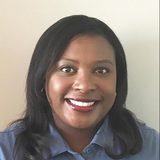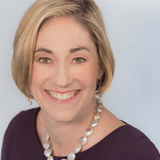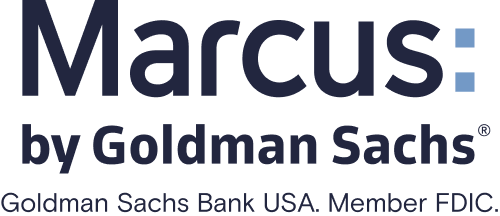How Many Savings Accounts Should I Have?
Start with one savings account, but consider increasing that number as your financial goals change.

Many, or all, of the products featured on this page are from our advertising partners who compensate us when you take certain actions on our website or click to take an action on their website. However, this does not influence our evaluations. Our opinions are our own. Here is a list of our partners and here's how we make money.
Do I need more than one savings account?
For many people, one savings account is enough.
A single savings account that earns high yields, has no monthly maintenance fees and is federally insured can be a smart place to park your money.
A high-yield savings account can be used for multiple short-term savings goals. It can house an emergency fund for unexpected financial expenses and a rainy day fund for occasional expenses that you do expect (such as maintenance on a car).
Depending on your financial goals, however, it could also make sense to open more than one account.
You don’t need a lot of money to open a savings account. Many of the best savings accounts have no minimum requirements and don’t charge monthly fees.
When to consider multiple savings accounts
If you have multiple savings goals but just a single account, it can be hard to know how much you've saved for each goal.
For example, if your goals include building up your emergency fund, saving for a vacation next year and making a down payment on a home within a few years, it can be unclear how much you’ve put away for each purpose. That’s why opening more than one account — so there are different balances attached to different goals — can be helpful.
Some financial institutions allow you to divide your savings balance into savings vaults or buckets, where you can give each segment of money a nickname to match the goal. That way, you don't need to open additional accounts. However, if that’s not an option at your bank or credit union, opening more than one savings account can accomplish the same objective.
Forbright Bank Growth Savings

4.00%
$0
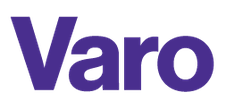
Member FDIC
Varo Savings Account

5.00%
$0
E*TRADE Premium Savings
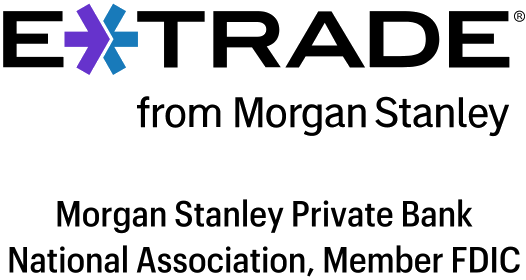
3.50%
$0
How to manage multiple accounts
While there are no hard rules for determining how many accounts you should have, you’ll want to make sure you can comfortably manage each account.
To better manage multiple accounts, you could set up automatic transfers so that with each paycheck, a deposit is made into each account. That way, you can save toward each of your goals without making multiple manual deposits.
You’ll also want to make sure you’re avoiding monthly maintenance fees. This is true regardless of how many accounts you have, but it’s especially important if you have multiple accounts.
Pros and cons of multiple savings accounts
It’s easy to see how much money you have saved for each savings goal.
You can avoid commingling funds for different savings targets.
You can fund multiple goals at the same time with direct deposits or automatic transfers.
Opening new accounts means you might have opportunities to earn new bank bonuses.
You may be charged maintenance fees if you don’t reach a minimum balance, something that's more likely if funds are spread across multiple accounts.
More accounts to manage means keeping track of multiple account numbers, more sign-in information, etc.
» Opening a new account? See if you can earn a bank bonus
Other types of savings accounts
A standard savings account isn’t your only option for growing your money. Certificates of deposit and money market accounts are other types of savings accounts that are also federally insured. With CDs, you can lock in a rate for a fixed-term period, and with money market accounts, you could have some debit card and check-writing privileges.
» Ready to learn more? Read about types of savings accounts
In addition to savings accounts, there are other financial products that aren't federally insured but can still help you grow your money, particularly for longer-term goals. To save for retirement, for example, it makes sense to look into retirement investments.
» Learn more about federally insured accounts
The number of savings accounts you should have may change as your financial goals and preferences change. That means there’s no single answer for how many savings accounts you'll ultimately need, but it's important to have at least one.
